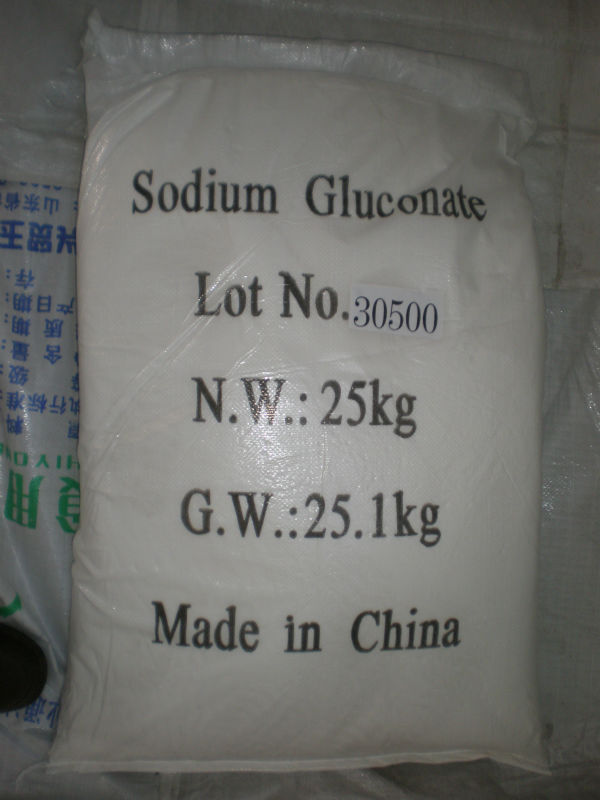The production process goes like this: Process selection → cleaning → cutting → rinsing → pickling → canning → pumping and sealing. For the raw materials used in this process, we need to carefully select based on the preservation needs of vegetables while also considering additional side dishes. These could include ingredients like fresh green radishes, carrots, peanuts, and almonds. It’s important to ensure that the green radishes and carrots are fresh and free from any signs of spoilage. Meanwhile, the peanuts and almonds should be stored properly during summer to avoid issues such as mold, insect infestation, or off flavors.
Cleaning involves preparing the cactus by stabbing, washing, peeling, and other necessary steps similar to those used for other ingredients. All side dishes should be thoroughly cleaned to remove dirt and debris.
Cutting requires different techniques depending on the ingredient. The cactus, green radishes, and carrots should be roughly chopped into larger pieces. Some of these pieces will be further cut into 1 cm square pieces, while others will be carved into decorative shapes using a plum blossom knife or a lace knife. These two types of cuts should be mixed together before use.
Rinsing ensures that all the prepared vegetable pieces are washed thoroughly with clean water and drained properly.
Pickling involves adding 3 kg of salt, 5 kg of soy sauce, and 2 kg of white sugar to every 50 kg of vegetable mixture. The ingredients should be stirred well and seasoned with ginger, cloves, and monosodium glutamate for enhanced flavor.
Canning requires precise weighing, with each can containing 754 ng and 125 grams of solid material. After weighing, the contents are poured into the cans, and the shoulder of the can is juiced to bring the total weight to between 198 and 203 grams.
Pumping and sealing occur when the tank temperature reaches 70-75°C. At this point, the cans are immediately vacuum-sealed using a vacuum sealer with a vacuum pressure of 350 mmHg or higher. Each can is inspected individually for seal integrity, and any defective cans are removed. The remaining cans are washed with clean water, dried, labeled, and packaged for distribution.
This detailed process ensures that our preserved vegetables maintain their quality and taste, providing consumers with a reliable product that meets both nutritional and aesthetic standards.
Construction Chemicals
Molecular formula: C6H11O7Na
Molecular weight: 218.14
Properties: white crystalline granule or powder, easy to dissolve in the water
Standard:
Quality standard
Item standard
Industry grade: food grade
Identification in: accordance with standard
Assay: ≥98.0%, 98.0 - 102.0%
Loss on dry: ≤0.50%; ≤0.30%
Reduzate: ≤0.70%; ≤0.50%
pH: 6.2 - 7.8; 6.2 -7.8
Sulfate: ≤0.05%; ≤0.05%
Chloride: ≤0.07; ≤0.07
Pb: ≤2μg/g; ≤1μg/g
Arsenic salt: ≤2μg/g; ≤2μg/g
Heavy metals: ≤10μg/g; ≤10μg/g
Appearance of solution (1.0g, 10ml water): colorless, almost clear
Usage:
1, In the medicine field, it can keep the balance of acid and alkali in the human body, and recover the normal operation of nerve. It can be used in the prevention and cure of syndrome for low sodium. In this purpose, it also can be used as Food Additives
2, It can be used as water quality stabilizer because it has excellent inhibiting capacity to scale
3, Used as surface cleaning agent of metal
4, Used as cleaning agent of glass bottle
5, It also can be used as water reducing agent and retarder in the building industry
Packaging & Shipping
Packing: 25kg in plastic film bag lined plastic woven bag, or following your demand

Sodium Gluconate,Nano Silica,Concrete Retarders Sodium Gluconate,Construction Chemical 99% Sodium Gluconate
Shandong Tiancheng Chemical Co., Ltd. , https://www.tianchengchemical.com
